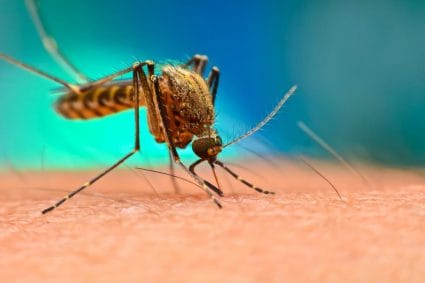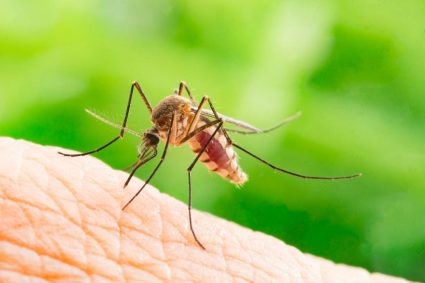
Foxes, like all animals, are susceptible to fleas. These pesky parasites can cause discomfort and health issues, making it crucial for foxes to find ways to get rid of them. While there are various methods, some are more effective than others, and some are even quite unique to the crafty fox. In this article, we will explore how foxes deal with fleas, the impacts of fleas on their health, and the influence of their habitat on flea infestations.
Foxes get rid of fleas through grooming, where they lick and bite themselves to remove the parasites. Some fox species also move to different dens throughout the year to avoid fleas. There is also a folklore method that involves foxes using materials like wool or bark to lure fleas away in water, but this has not been scientifically proven. The fox’s habitat and interactions with other animals also play a significant role in their susceptibility to flea infestations.
Foxes and Fleas: An Unwanted Relationship
Foxes can acquire fleas through their environment and interactions with other animals. Fleas are ectoparasites that infest various species, and foxes are known to carry several species of fleas. These can be acquired from their prey species, as they are predators, or from their living environments such as dens and burrows. Fleas spend more of their lives off of animals than on them, making these environments a common source of infestation.
The Impact of Fleas on Foxes
Fleas can negatively impact the health and wellbeing of foxes by causing irritation, allergic reactions, and transmitting diseases. Fleas can cause irritation and discomfort to foxes, leading them to scratch and bite themselves, which can result in hair loss and skin damage. Fleas can also transmit diseases to foxes, such as Bartonella spp., which can cause infections, and Yersinia pestis, which causes plague.
The Fox’s Fight Against Fleas
Foxes employ various methods to rid themselves of these parasites. One such method is grooming, where foxes lick and bite themselves to remove fleas. Some fox species, like the swift fox, move to different dens throughout the year to avoid predators and parasites like fleas.
There is a fascinating legend about foxes’ unique method of dealing with fleas. It involves the fox holding some wool, corn silk, grass, or bark in their mouth and walking backward into water. The theory is that the fleas move onto the material to avoid drowning, and when the fox releases the object, the fleas float away. However, this method has not been scientifically proven and remains a part of folklore.
The Influence of Habitat on Flea Infestations
A fox’s habitat can influence its risk of flea infestation. Foxes are more prone to flea infestations during warmer months and under specific environmental conditions, such as higher temperatures and humidity. In semi-arid Mediterranean environments, factors such as habitat fragmentation and loss due to human activity can alter mesocarnivore communities, leading to changes in flea occurrence in foxes.
Conclusion
In conclusion, foxes, like all animals, need to deal with the challenge of fleas. They employ various methods to do so, and their susceptibility to fleas is influenced by their environment and interactions with other animals. While there are many legends about their methods, what is clear is that foxes, like all animals, have to find ways to live with and manage these pesky parasites.
Frequently Asked Questions
Can foxes get rid of fleas completely?
No, foxes cannot completely eliminate fleas from their bodies or environments. They can only manage the infestation through grooming and moving to different dens.
Can fleas affect the population of foxes?
Yes, fleas can potentially impact the fox population. Fleas can transmit diseases that can reduce the population of foxes. Also, severe infestations can affect the health and reproductive success of individual foxes.
Can humans get fleas from foxes?
While it’s not common, humans can potentially get fleas from foxes if they come into close contact with them or their habitats. However, fleas that typically infest foxes are not the same species that infest humans.
How do other animals get rid of fleas?
Like foxes, other animals also groom themselves to get rid of fleas. Some animals might also roll in certain types of dust or dirt that can help to kill or repel the fleas. Domesticated animals, like cats and dogs, often rely on treatments provided by their human caretakers.
Are there any treatments to help foxes get rid of fleas?
While there are treatments for domestic animals, there are no specific treatments for wild foxes. However, in areas where foxes are protected or monitored, wildlife management programs may take steps to control flea populations to ensure the health of the foxes.











